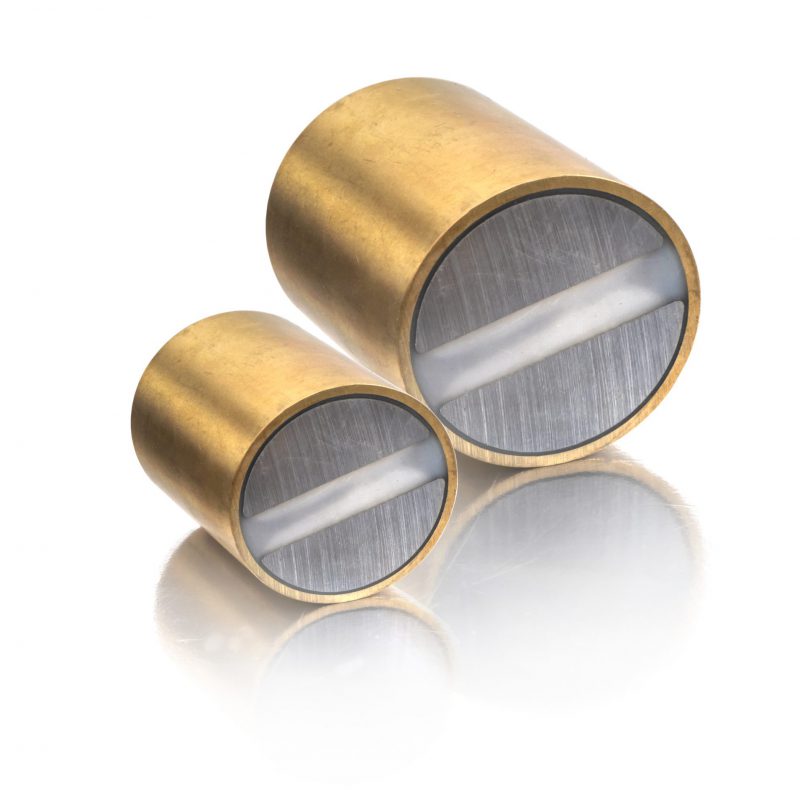









Magnetic elastomer
The flexible magnets are composed of Ferrite powder and elastomer binding. They have the look of dark brown sheets, more or less flexible according to their thickness or coating. This family of magnets is derived from ferrite magnets with slightly lower values due to the elastomeric binder allowing the product to be flexible.
Read descriptionDescription
HOLDING FORCE
- Magnetic force is optimal when the magnet is in contact with a mild steel frame, flat, clean and rather thick. It is lower with allied steels and cast iron (less 30% for cast iron).
- It is lower in the presence of an air gap (space between the part to magnetize and the polar face of the magnet).
- It is decreasing by 0,4% every degree C (see besides curve). It is reversible within the limit of working temperatures of the material.
INDUCTION ON SURFACE
- The maximum value of induction in surface is about 600 Gauss. This value is decreasing by 0,2% every degree C when temperature is increasing. This loss is reversible.
MECHANICAL RESISTANCE
- Flexible rubber magnets offer large resistance to shocks. They easily can be cut with usual cutting tools (scissors, massicots, stamps, drills…)
RESISTANCE TO CHEMICAL AGENTS
- Contact with petrol, acetone, benzene, mineral oil and chlorinated solvents must be avoided.
- Sticking is advised with a neoprene, epoxid or cyanoacrylate glue.
USE ON CAR-BODIES
- It is necessary to apply the varnished side on the car-body. Before to use magnetic sheet or strip, the car body must be cleaned to avoid any scratch.
- We don’t recommend to use magnetic rubber products on metal sheets with air-dried paints, such as touch-up paints for car bodies.
HANDLING INSTRUCTIONS
- Magnetic rubber can have a shrinking of about 3% on the length (to be taken into account for precision cuttings).
- Adhesive executions must not be stocked over one year.
- Keep away from heat and sun.
Ressources
Material Sheet Rubber Magnet
Download the file

Magnetic elastomer
Find out more about the main characteristics, composition, applications and uses of soft magnets.
Learn more
Our materials
Looking for a particular material? Check out our product sheets.





